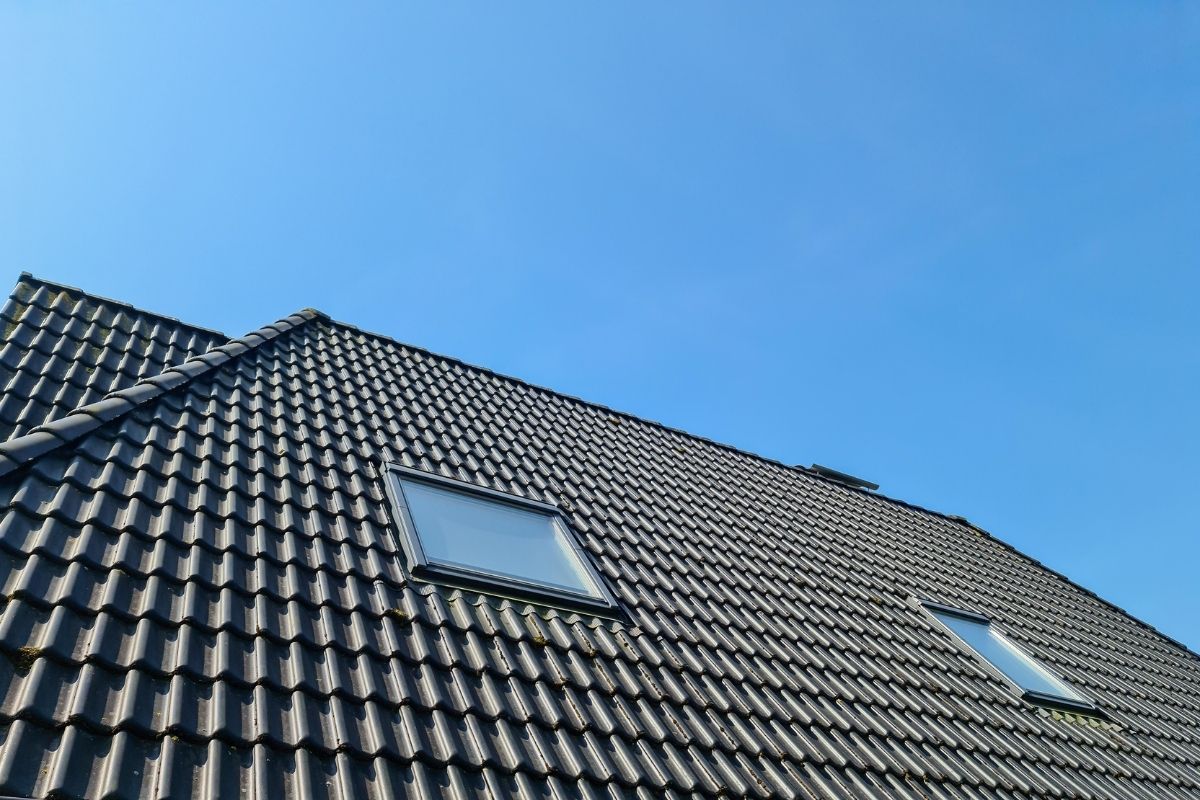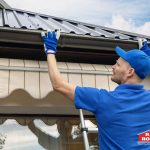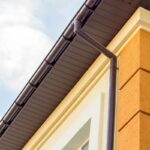What is Attic Roofing Ventilation Intake?
Attic roofing ventilation is pretty important if you’re a homeowner trying to tackle all the problems with cold drafts and high energy bills. You should at least know some of the basics of roof construction so that you can tell whether things are where they’re supposed to be on your roof.
Here’s a basic overview of ventilation systems on top of your home.
The Basics of Attic Roofing Ventilation Intake
So, what we’re talking about basically boils down to the positioning and functionality of your air intake vents. Those are the vents that bring airflow into your attic and contribute to your home’s overall ventilation and air quality.
If you’ve ever set foot in a hot attic on a summer day, you know what it’s like NOT to have proper ventilation. It heavily impacts the air conditioning and heating of the rest of your home. Smart roof construction involves a good mixture of intake vents with exhaust vents (adding and extracting air simultaneously).
Where do intake vents go on your roof? Usually, we would install them near the soffits (the material that covers the underside of the roof overhang). Intake vents ideally run along the lowest part of the roof assembly’s peak.
Types of Intake Vents & Why They Matter
There are two types of intake vents suitable for roof ventilation: Soffit vents and rooftop vents. Soffit vents are the more popular choice nowadays because of what we said about keeping them lower on the roof. Rooftop vents worked in the old days, but we’ve come to realize that fresh air generally enters the home better from lower points on the roof.
Granted, this becomes a trickier construction question with the complexity of modern architecture. Proper ventilation becomes much more difficult when we encounter elaborate roofs on multi-story homes. This means we need to use a combination of soffit and rooftop intake vents.
Problems that Arise from Poor Attic Ventilation
If you’re wondering why any of this matters, just remember what it’s like to have poor ventilation.
- Shorter roof lifespan
- More rust, mold, mildew, and bacterial problems
- Higher electrical bills
- More problems with water and ice dams.
These are a handful of some of the headaches you get from poor roof construction. Let’s take a closer look at that last issue, which can really wreak havoc on your home.
Don’t Ignore Roof Damage from Water & Other Hazards
Ventilation isn’t the only thing you have to worry about with your roof. There are other issues that arise from storms and water damage. A leaky roof might give you some “ventilation” you neither wanted nor expected.
Here are a few things you can do to prevent water damage:
- Always remember to clean your gutters. If they’re backed up with rainwater, it’ll eventually become a problem for your roof.
- Watch out for ice dams during the cold Michigan winters. When water becomes ice, it inevitably clogs your gutters and produces dangerous icicles.
- Address all signs of damage early to avoid bigger problems down the road.
To that last point, we recommend obtaining our services for ventilation and repair tasks at the first signs of trouble. It’s not worth playing games over how long you can withstand leaks. Avoid trouble with mold, ceiling damage, and more by calling Rapid Roofing for all roof replacement services.
Rapid Roofing: Your Top Source for All Roof Construction Tasks
Michigan residents know they need a sturdy roof over the head, especially during the cold months. We hope you’ll consider our expert services if you live in Detroit, Ann Arbor, or any surrounding area.
You can learn more about us by reading through these dozens of glowing testimonials. We have a nearly perfect rating on big review websites like Google and Angie’s List. On top of that, we receive A+ accreditation as a fair and reliable business by the Better Business Bureau (BBB).
If you’d like to learn more about attic roofing ventilation, or any other construction tasks we do, contact Rapid Roofing today.


 Residential Roofing
Residential Roofing Storm Damage
Storm Damage Multi-Family Homes
Multi-Family Homes
